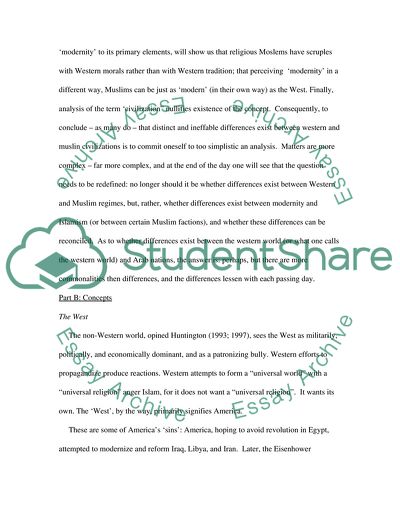Cite this document
(Clash of Civilizations Between the Western and Muslim World Essay, n.d.)
Clash of Civilizations Between the Western and Muslim World Essay. https://studentshare.org/politics/1737506-is-there-a-clash-of-civilizations-between-the-western-and-muslim-worlds
Clash of Civilizations Between the Western and Muslim World Essay. https://studentshare.org/politics/1737506-is-there-a-clash-of-civilizations-between-the-western-and-muslim-worlds
(Clash of Civilizations Between the Western and Muslim World Essay)
Clash of Civilizations Between the Western and Muslim World Essay. https://studentshare.org/politics/1737506-is-there-a-clash-of-civilizations-between-the-western-and-muslim-worlds.
Clash of Civilizations Between the Western and Muslim World Essay. https://studentshare.org/politics/1737506-is-there-a-clash-of-civilizations-between-the-western-and-muslim-worlds.
“Clash of Civilizations Between the Western and Muslim World Essay”. https://studentshare.org/politics/1737506-is-there-a-clash-of-civilizations-between-the-western-and-muslim-worlds.


